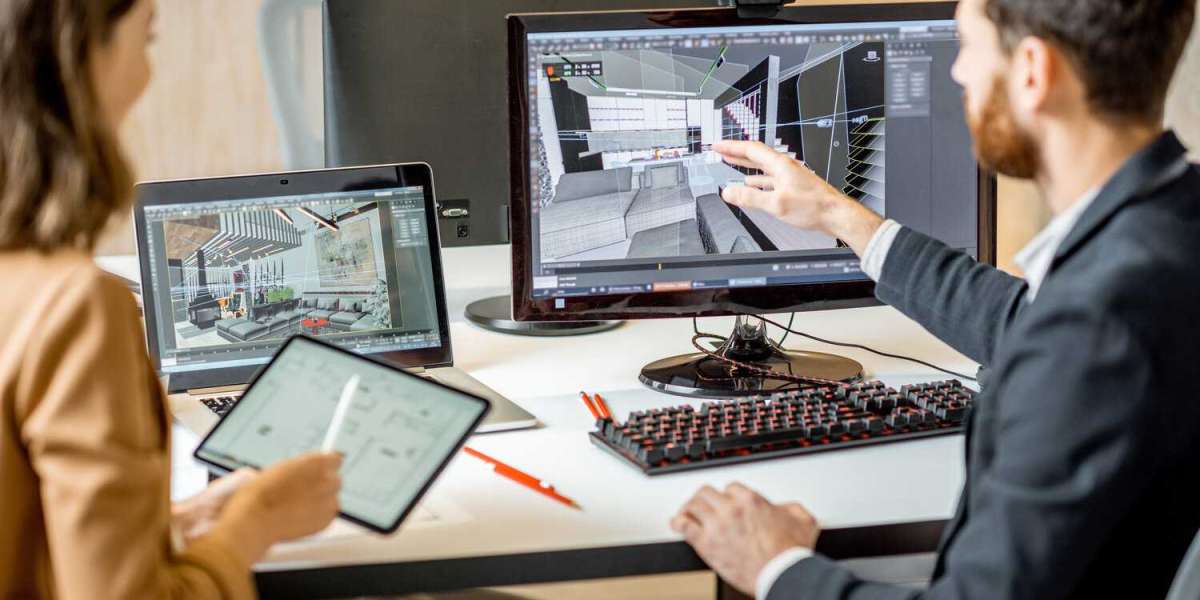As an oil painter, there will come a time that you will be asked to create a portrait. Or perhaps, you have always wanted to be known as a portraitist. There are many reasons why portraits are painted, most of which pertains to the sitter, the person whose portrait you will paint. The sitter would probably want to establish a public image and you, as the artist, would do well to emphasize the status, looks, and personality.
A portrait is also meant to explore the qualities of the sitter that normally would not show in his or her day to day activities. And a portrait is made to have a souvenir of a loved one, who is either absent or dead.
There is no correct way to do a portrait. And there is no fool-proof technique that will assure the painter to produce a likeness to the sitter. There are, however, several things to keep in mind when painting a portrait.
Most portraitists feel comfortable in putting oil to canvass after they have done several sketches of the sitter. Drawing the sketches will help you understand the things you see and how to translate them into two-dimensional lines.
Sometimes, you will find easy strokes and sometimes you will discover that finding that right line is difficult. Nevertheless, when you move the final canvass, remember to use chalks for broad sketches and use pencils for detailed sketches.
Normally, two thirds of the canvass is the maximum limit that the subject may cover. But you must not make your subject too small that there would be many wide spaces you would be hard-pressed to fill in.
Make sure that the source of light will fall on the sitter’s face in such a way that light and shadows bestow strength and solidity to the face. As much as possible, avoid drawing the full face. Instead, focus on the expressive details, such as the eye folds and the mouth.
Similar to other oil paintings, you must paint the shadows first, in order to establish a broad structure. The nose is the ideal spot to begin. Shadows should have similar colors with the background. In areas where a shadow and light meet, include a touch of color. If you believe that the face lacks structure, deepen the shadows. To bring cheeks and chin forward, paint in warm colors.
While you give attention to the background, you must also remember that the backgrounds should not be more prominent than the subject. Use relatively neutral hues.







